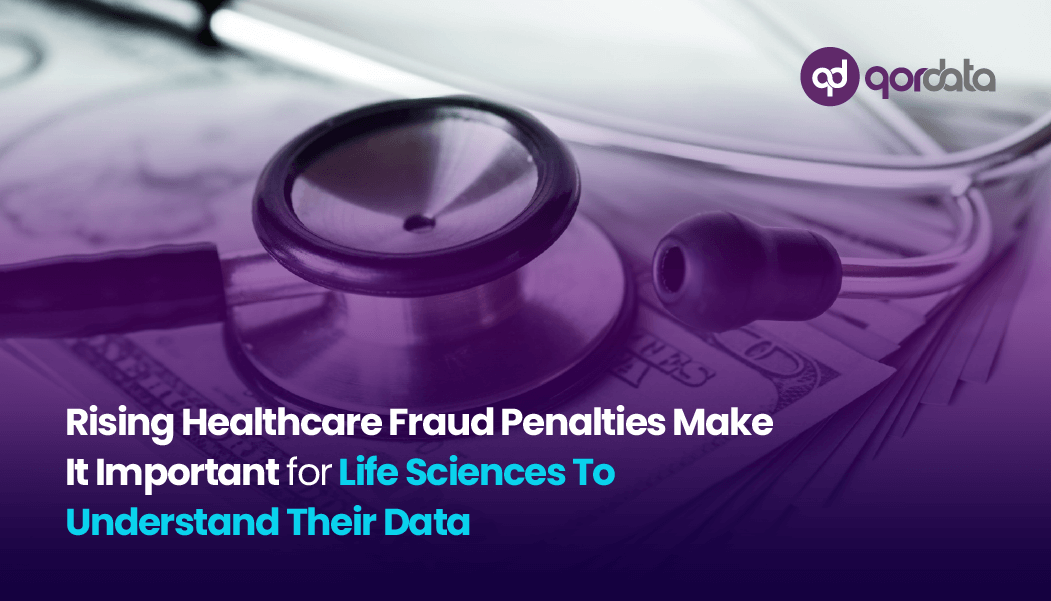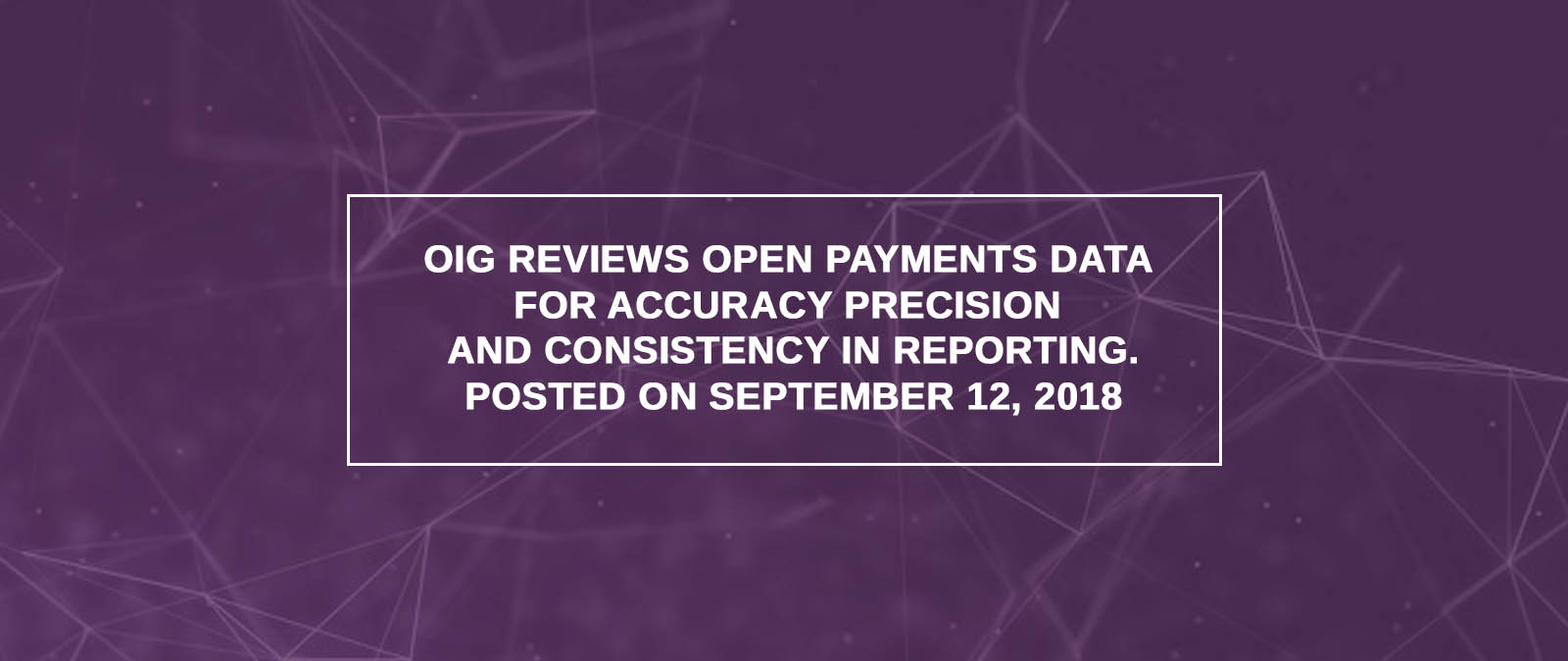Table of Contents
ToggleLife sciences companies continue introducing novel therapies, treatments, and new scientific discoveries, such as Abbvie’s hepatitis C treatment [1] Mayvret, for treating patients without cirrhosis and with compensated cirrhosis.
However, changing regulations, heightened scrutiny, and regulatory expectations have impacted life sciences companies and compliance professionals. The impact came with both challenges and opportunities for compliance professionals.
The challenges happen to be ensuring compliance at all levels and business functions, monitoring compliance, keeping up with evolving regulatory demands, and identifying and mitigating risks before the regulators do.
On the other hand, the opportunity for compliance professionals is to transform their roles from gatekeepers to strategic advisors by leveraging data analytics, driving value from compliance data, identifying and monitoring activities where they matter the most, utilizing analytics to ensure effective decision-making, and more.
In the updated compliance guidance by the U.S. Department of Justice (DOJ) [2], the regulatory body has emphasized the importance of data for compliance programs.
Compliance professionals were quick to pick up on this direction provided by the DOJ, and the data below presents the dynamic change that followed:
- 51% [3] compliance officers aim to increase the use of technology and AI within compliance programs
- 53% [3] look to enhance data analytics
- 33% [3] are prioritizing to automate monitoring and testing and in 2 years
Those figures indicate a change in the traditional role of a compliance professional, and this blog explores the evolution further. Here’s what we are about to uncover:
- How have compliance roles evolved with the advent of technology?
- The journey of compliance role: from gatekeepers to strategic advisors
- How this contributes to the organization achieving broader business objectives
- The applicability of data analytics and compliance monitoring in life sciences companies
How Have Compliance Roles Evolved With The Advent Of Technology?
The traditional role of a compliance officer was closely and, to some extent, solely linked to ensuring the organization’s compliance with all applicable laws and regulations.
The process involved understanding the seven elements of a compliance program, developing compliance programs, conducting audits, investigating compliance violations, and more. All the tasks involved were manually carried out. With the advent of data and technology, all of this changed.
Data and technology-enabled compliance officers to move to the strategic side of compliance by leveraging compliance data, automation, and artificial intelligence to extract value from compliance data.
Data analytics, automation, and compliance monitoring solutions have augmented the role of compliance professionals. In a highly regulated environment, these technologies allowed them to expedite risk identification, prioritization per severity, monitoring all key risk areas and their adherence to laws, and deriving actionable conclusions from compliance data.
Compliance professionals manually performed all of this in the past. Data analysis and visualization were previously available, but compliance professionals would have to go through an exhaustive process of manually analyzing records, assessing large volumes of data, and conducting audits and inspections in person to make sense of their compliance data and derive valuable insights.
On top of this, professionals had to rely on periodic compliance assessments because real-time monitoring of compliance data was almost non-existent. The manual approach is used to leave room for potential non-compliance issues to go undetected.
Fast forward to today, technologies are augmenting compliance in the following few ways:
- Automated Risk Mitigation: Automating manual, laborious tasks involved in compliance, such as data collection, analysis, and reporting, frees compliance professionals to focus on more strategic tasks, such as risk assessment and remediation.
- Real-Time Compliance Monitoring: Real-time compliance monitoring helps compliance professionals proactively identify risks by analyzing large amounts of data from a variety of sources. This wasn’t easy in the past due to siloed data sets and manual assessing of data. However, real-time monitoring triumphs over traditional approaches to compliance, ensuring accuracy and efficiency.
- Data analytics: Data analytics allow risk severity analysis, prioritization, developing key risk indicators (KRIs) and determine which key risk areas to focus their monitoring activities on. Data analytics also augment compliance program capabilities, increasing the maturity level of a compliance program from reactive to proactive.
Augment Your Compliance Program Capabilities with Compliance Monitoring Solution
The Journey of Compliance Role: From Gatekeepers To Strategic Advisors
Where the conventional role of a compliance professional involved solely guarding the organization against violation of laws, the modern role, one that involves leveraging data analytics, automation, and data-driven compliance monitoring, brings the strategic side of compliance into the limelight.
The viability of this shift is further reinforced by regulatory authorities such as the U.S. Department of Justice (DOJ) advising the use of analytics and data to ensure compliance.
Today, the compliance role is increasingly seen as a strategic one mainly due to their deep understanding of the regulatory landscape and their ability to use data to identify and assess risks by leveraging data-driven compliance platforms.
Compliance professionals are using data-driven solutions to assess risk severity and direct remediation efforts where they are most needed. This is a more proactive approach to risk management than traditional methods, which often rely on reactive measures.
Another critical aspect of this change comes in the form of actionable insights that compliance professionals generate through real-time compliance monitoring, improving the effectiveness of compliance programs while identifying the risks before the regulatory bodies do.
By analyzing data, compliance professionals can identify trends and patterns that may indicate potential compliance issues. This information can then be used to develop KRIs, create or renew policies, and implement mitigation strategies.
Moreover, another critical advantage that data-drivenness and having adequate compliance controls in place give you is that they demonstrate compliance to regulators. This solidifies the significance and the role of data and technology as an essential component of compliance programs and the key driver of evolution in the role of a compliance professional.
How Data and Technology Empowered Compliance Professionals?
Compliance professionals relied purely on manual processes to collect, analyze, and report on compliance data. This was a time-consuming and error-prone process. Additionally, it was difficult for compliance professionals to identify trends and patterns in compliance data.
Take comparing expenditures against other life sciences companies, for instance. The Centers for Medicare and Medicaid (CMS) was publishing open payment data on their website. But downloading that data, manually going through thousands of entries, and identifying trends, patterns, or anomalies was a significant challenge.
Data analytics and technology-empowered compliance professionals to be more effective in their roles, analyze data, and automate time-consuming compliance functions. Here are the results this shift generated for life sciences companies:
- Cost reduction
- Actionable insights
- Streamlined reporting
- Regulatory adherence
- Proactive risk mitigation
- Enhanced data accuracy
- Improved efficiency through automation
- Augment compliance program capabilities
The following advanced solutions and technologies played a critical role in enabling compliance professionals to reach this level:
- Data analytics platforms: Data analytics platforms can be used to collect, analyze, and report on compliance data from a variety of sources.
- Compliance monitoring solutions: Compliance monitoring solutions can be used to monitor compliance data for trends and patterns that may indicate potential compliance issues.
- Artificial intelligence: Machine learning and artificial intelligence can be used to develop predictive models to identify potential compliance risks before they occur.
Augment Your Compliance Program Capabilities with Our Data-Driven Compliance Platform
How This Contributes to The Organization Achieving Broader Business Objectives
By helping organizations to comply with all applicable laws and regulations, data-driven compliance can help organizations achieve their broader business objectives in several ways, including:
- Protecting the organization’s reputation: Compliance violations can damage an organization’s reputation, leading to lost customers, investors, and partners. Proactive compliance can help organizations to avoid compliance violations and protect their reputation.
- Avoiding costly fines and penalties: Compliance violations can result in costly fines and penalties from regulators. By intelligently analyzing compliance data, organizations can avoid compliance violations and avoid these costly fines and penalties.
- Maintaining shareholder confidence: Shareholders want to invest in companies that are compliant with all applicable laws and regulations. Data gives credibility to an organization’s compliance efforts enabling companies to maintain shareholder confidence.
- Improving employee morale: Employees want to work for companies that are compliant with all applicable laws and regulations. Data-driven compliance can help companies to create a positive work environment for their employees.
- Gaining a competitive advantage: Companies must demonstrate their commitment to compliance in today’s competitive marketplace. Making data an integral part of a compliance program provides a strategic competitive advantage to organizations through which they can demonstrate regulatory adherence.
Let’s take for example, a life sciences company developing a new drug can use data-driven compliance to ensure that the drug is developed and marketed in compliance with all applicable laws and regulations, such as the False Claims Act. This can help the company to bring the drug to the market faster and more efficiently.
The Applicability of Data Analytics and Compliance Monitoring in Life Sciences Companies
Data analytics and compliance monitoring are essential tools for compliance professionals in the life sciences industry today.
By automating tasks, identifying potential compliance issues early on, and providing insights into key risk areas, data-driven solutions can help compliance professionals move to the strategic side of the business and make more informed decisions.
Here are some specific ways in which compliance professionals in the life sciences industry can use automated compliance monitoring and data analytics:
1. Identify and Assess Compliance Risks
Automated compliance monitoring and data analytics can be used to identify and assess compliance risks more effectively than traditional methods.
For example, compliance professionals can use data analytics to analyze large amounts of data from various sources, such as clinical trial data, regulatory filings, and employee surveys, to identify patterns and trends that may indicate potential compliance issues.
2. Develop and Implement Compliance Programs
Automated compliance monitoring and data analytics can be used to develop and implement more effective compliance programs.
For example, compliance professionals can use data analytics to identify the key risk areas that their organization needs to focus on and to develop targeted compliance programs to mitigate those risks.
3. Monitor Compliance
Automated compliance monitoring and data analytics can be used to monitor compliance with laws and regulations on an ongoing basis.
For example, compliance professionals can use data analytics to monitor compliance data for anomalies and inconsistencies that may indicate potential compliance violations.
4. Report on Compliance
Automated compliance monitoring and data analytics can be used to generate reports on compliance performance and see if the high-risk areas identified by the government are aligned with the company’s internal policies.
Once the report is prepared, compliance professionals can use it to identify areas where compliance can be improved and report to senior management and regulators on the organization’s compliance performance to demonstrate regulatory adherence and reduce the risk of board and regulatory scrutiny.
5. Creating A Culture Of Compliance
Data analytics can be used to monitor the effectiveness of compliance programs and to identify areas where compliance can be improved. This can help life sciences companies create a culture of compliance and accountability, which can deter whistleblower retaliation.
Conclusion
Data-driven compliance is transforming the role of compliance professionals in the life sciences industry. By automating tasks, identifying risks more effectively, and providing insights into key risk areas, data-driven solutions have helped compliance professionals to move to the strategic side of the business and make more informed decisions.
qordata is a leader in providing data-driven compliance solutions to life sciences companies. qordata’s solutions can help compliance professionals automate manual tasks, identify potential compliance issues early on, and improve their overall compliance performance.



